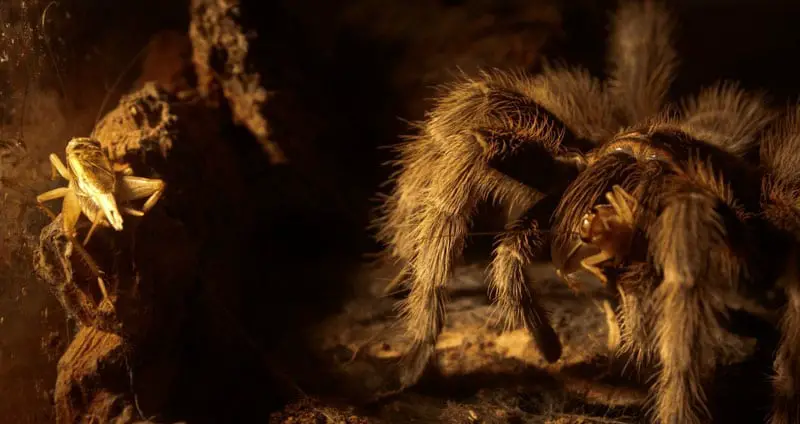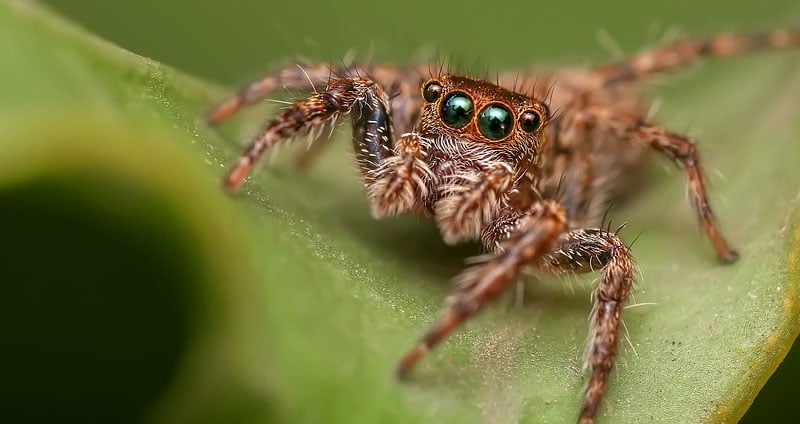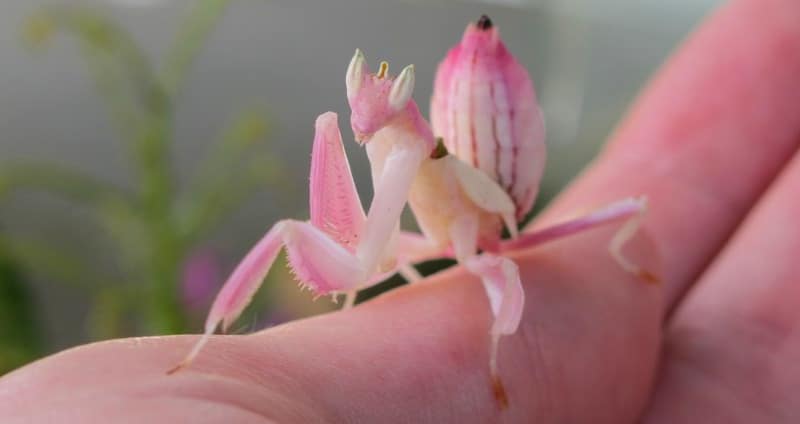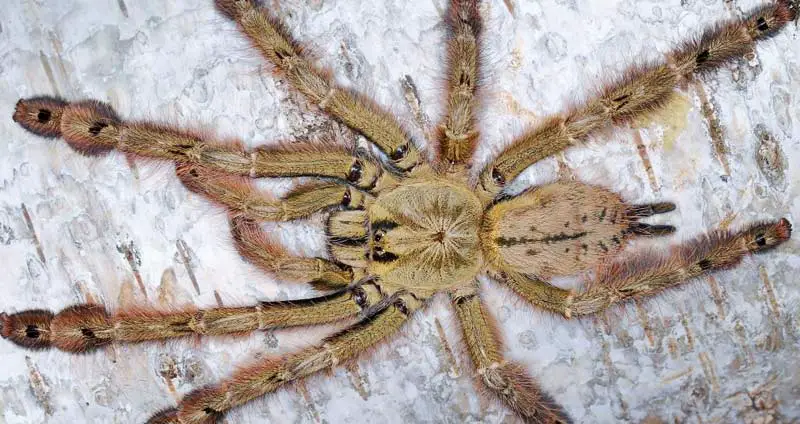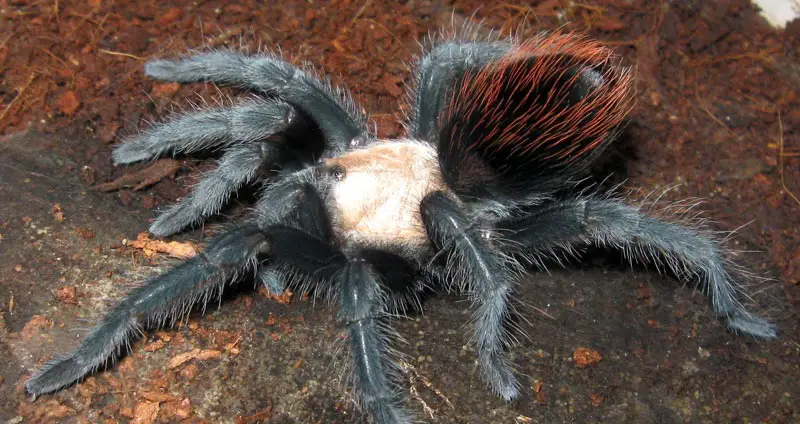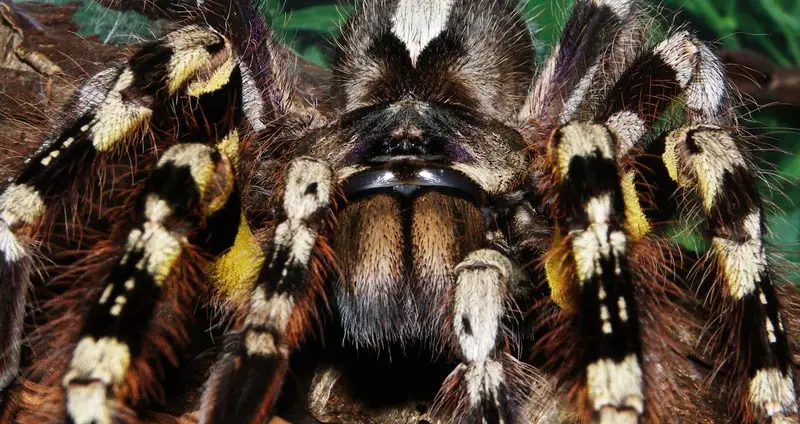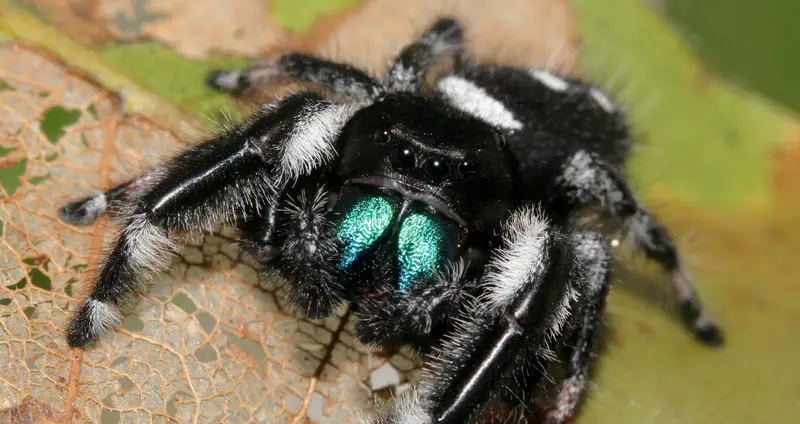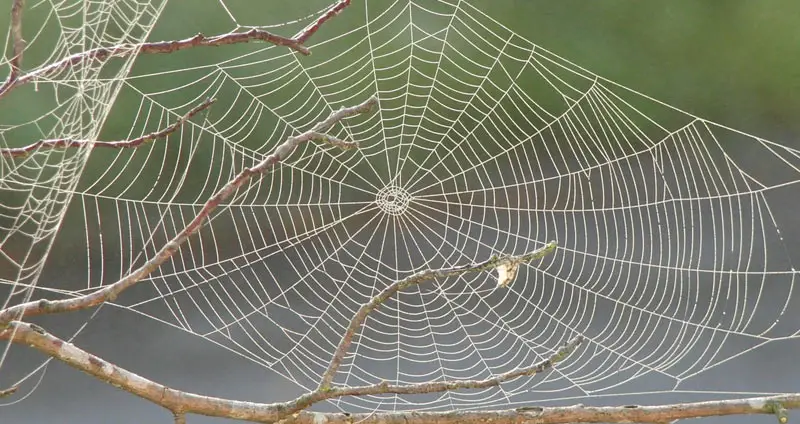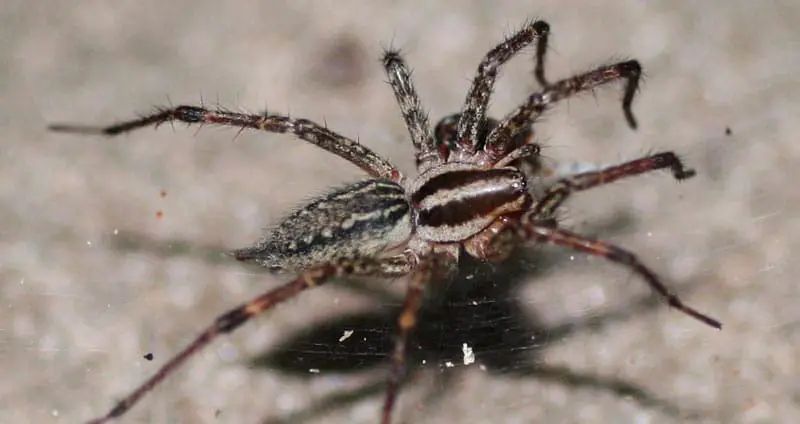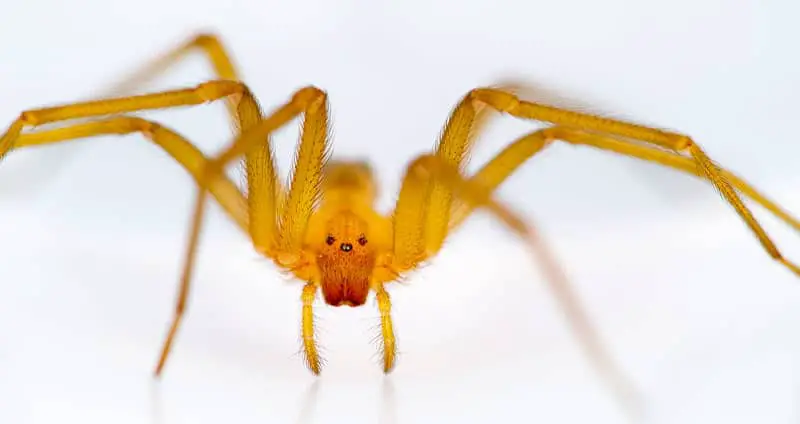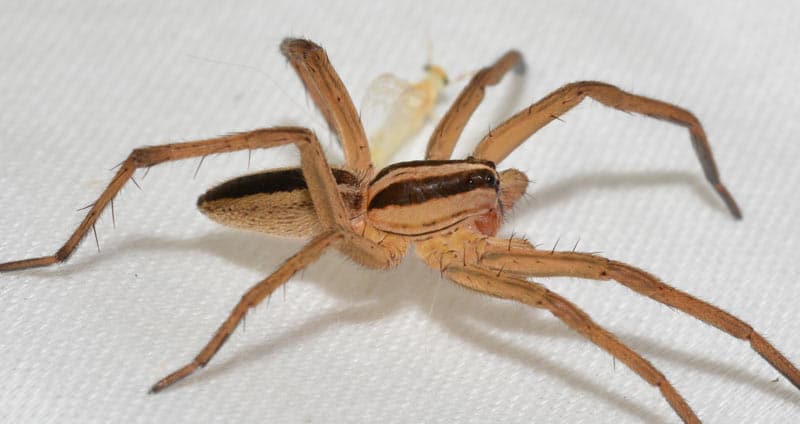What Do Tarantulas Eat? (Ultimate Feeding Guide)
Tarantulas have become extremely popular pets over the past decade or so, and it’s clear why that is. These creatures look incredible, are fun to care for, and provide endless hours of entertainment. One of the most important aspects of tarantula ownership, aside from housing them properly, is feeding them an optimal diet. For beginner … Read more

